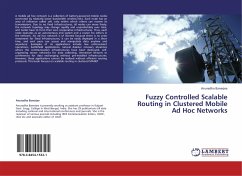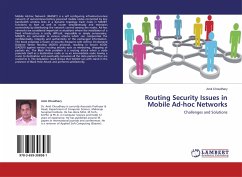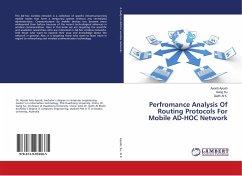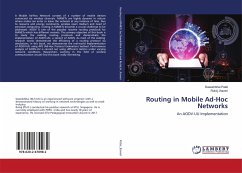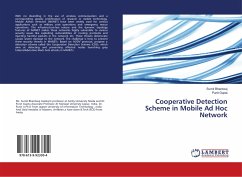A mobile ad hoc network is a collection of battery-powered mobile nodes connected by relatively lower bandwidth wireless links. Each node has an area of influence called cell, only within which others can receive its transmissions. Due to no fixed infrastructures, all nodes can move freely, the network topology may change rapidly and unpredictably over time, and nodes have to form their own cooperative infrastructures. Thus, each node operates as an autonomous end system and a router for others in the network. An ad hoc network is of interest because there is no prior investment for fixed infrastructures, it can be easily deployed in a short time, and end users can access and manipulate data anytime and anywhere. Examples of its applications include law enforcement operations, battlefield applications, natural disaster recovery situations where the communication infrastructures have been destroyed, self-organizing sensor networks for data collecting, interactive lectures or conferences for data exchanging without pre-installed infrastructures. However, these applications cannot be realized without efficient routing protocols. This book focuses on scalable routing in clustered MANET
Bitte wählen Sie Ihr Anliegen aus.
Rechnungen
Retourenschein anfordern
Bestellstatus
Storno

